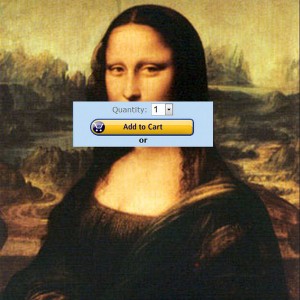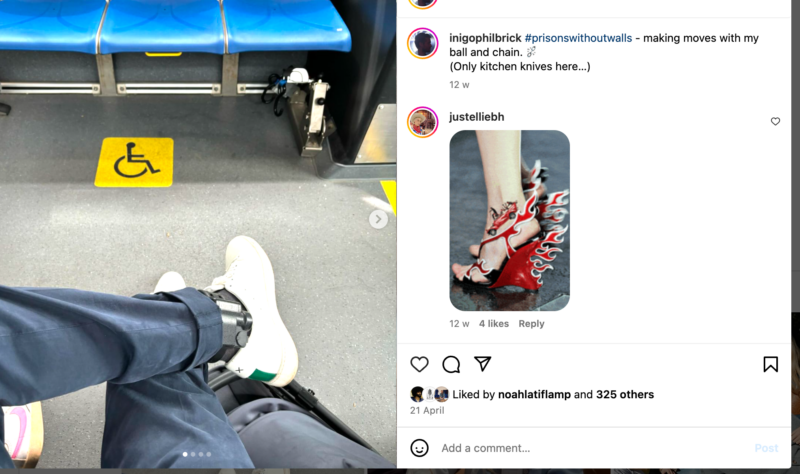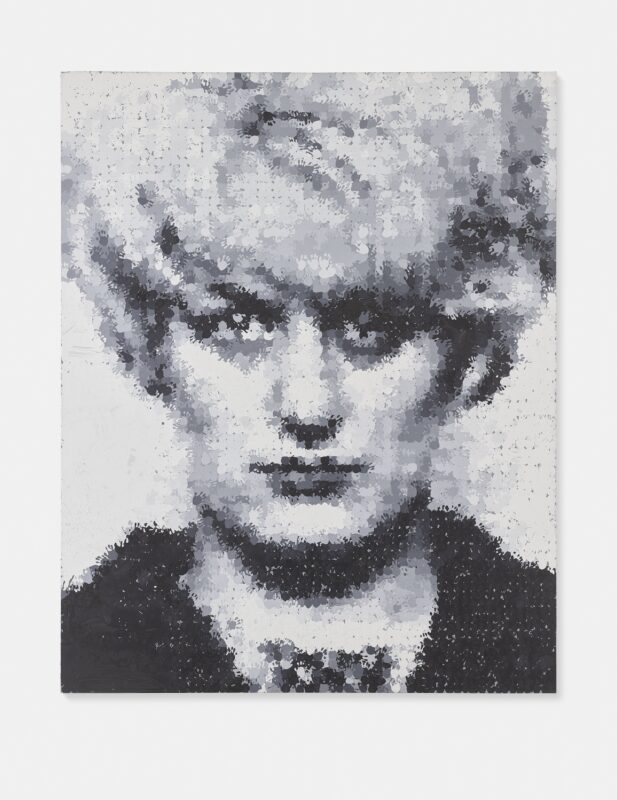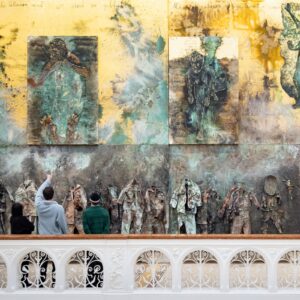The art bubble continues to inflate, enjoying an absence of natural predators and external regulation. The top-end commercial galleries face no real threat from any direction because they work with a super-rich client base and high-rolling blue chip artists. The gallery system as a totality has very little commercial competition since if you want to buy art, you have to go through a gallery somewhere along the line. The art market is as buoyant as ever. But the galleries might just have to watch their backs because there’s a new kid on the block that’s raking in billions almost without anyone noticing.
The art market, dominated by commercial galleries, is an economically and socially exclusive club. But since most of these galleries are inscrutable to so many potential buyers, the artworld desperately needs a more accessible way of showcasing and selling art if the common property of culture is to be more than an exclusive, luxury commodity. Auction houses have recently begun the murmurings of a coup on this monopoly, with Christie’s and Sotheby’s stepping up the zeal of their private sales departments. Furthermore, art fairs have both multiplied and diversified in recent years with ventures that cater for smaller galleries, like Art13, and artist-led initiatives like the Affordable Art Fair.
The big commercial galleries perpetuate the myth that contemporary art is unaffordable and unattainable. The truth, however, is that there is great art by unknown, emerging and mid-career artists that does not cost the same as property on Bishops Avenue. The problem is invisibility– the forbidding, ego-maniac face of contemporary art, typified by the untouchable Gagosian and his whitewashed palaces, blocks out the shining light of what is actually the majority sector of the artworld. The question for some time has been how to open up the field and make the art market a more inclusive place.
As is the case with great conundrums, the solution to this one has been (quite literally) sitting right under our noses. Online shopping has become so ubiquitous that we hardly remember where Oxford Street is any more, so when Amazon began selling art it seemed like the logical next step in art retail. Although Amazon has secured works by the likes of Damien Hirst and Jasper Johns, artnet recently reported with waspish scepticism that it was failing to take off. Collectors, it said, still wanted to see the artwork in the flesh before making a purchase, leading some speculators to predict the failure online art shopping.
Whilst there are good philosophical reasons for wanting to see a work of art before you buy it, I would not be so foolish as to impute such intellectual acumen to these collectors. The trouble with online shopping for these people is that nobody takes you to lunch at Scott’s to seal the deal and unwitting members of the public don’t get to see you flouncing around talking nonsense. Commercial art galleries are, after all, not the locus of true art but of a social performance. There may also be a branding issue here insofar as the perception is that Amazon selling art is rather like Ikea offering fine dining. The slow uptake from Amazon, whatever the reasons behind it, has been used as a smokescreen to cover the fact that commercial galleries finally face competition.
The reality is that business is booming. This spring’s annual survey of the global art market puts the value of online sales at £1.57billion. Sites such as Paddle8, Saatchi Art, Artsy, ArtFinder and CounterEditions offer works through auctions or direct sales. Paddle8, for example, are currently offering works by rising stars Parker Ito and Oscar Murillo, middle-weight champs Julie Mehretu and Martin Creed, all the way up to masters Bacon and Hirst, with prices ranging between $2000 and $32,000.
The online market has a number of advantages over the gallery system that mount a considerable challenge. But the challenge is not commercial, for there will be always commercial galleries – even if only for the One Percent – for as long as there is both art and capitalism. Rather the challenge is ideological and threatens the deep-seated psychology of the art market.
The online market dismantles the smoke and mirrors of the artworld, making the very possibility of owning a work of contemporary art something that everyone can contemplate without staring into the snooty face of art’s deliberately obfuscating mystery. Aside from the considerably reduced running costs, passed on to clients in digestible prices, the internet demystifies the process of art buying: the prices are displayed openly, nobody has to feign specialist knowledge and nobody has to pass some gruesome induction into the cult of the worthy. In the comfort of your home, blissfully free of disingenuous chatter, with nobody looking down their nose at you or giving the hard sell on a second-rate work to meet their target, you can browse and buy the art that you like because you like it. This is precisely what the internet is for – it’s for saying, ‘Damn the man. Save the empire’.
The internet has finally attacked the commercial gallery’s strictures on who is allowed to contemplate buying contemporary art. There are plenty of ordinary people out there, occupying the entire social spectrum, who are interested in art and who might just be in a position to buy it, but who are excluded by the traditional system. These people buying art online are probably not too dissimilar from you or I. Sure, they probably don’t work for a millionaire for free or a pittance, but we chose our drudgery in the artworld as they chose theirs elsewhere. But they, like the rest of us, want to feel welcome to a slice of the art pie. The online art market is not booming because people love art, it is booming because people suddenly feel as if they are included in the club.
Words: Daniel Barnes








